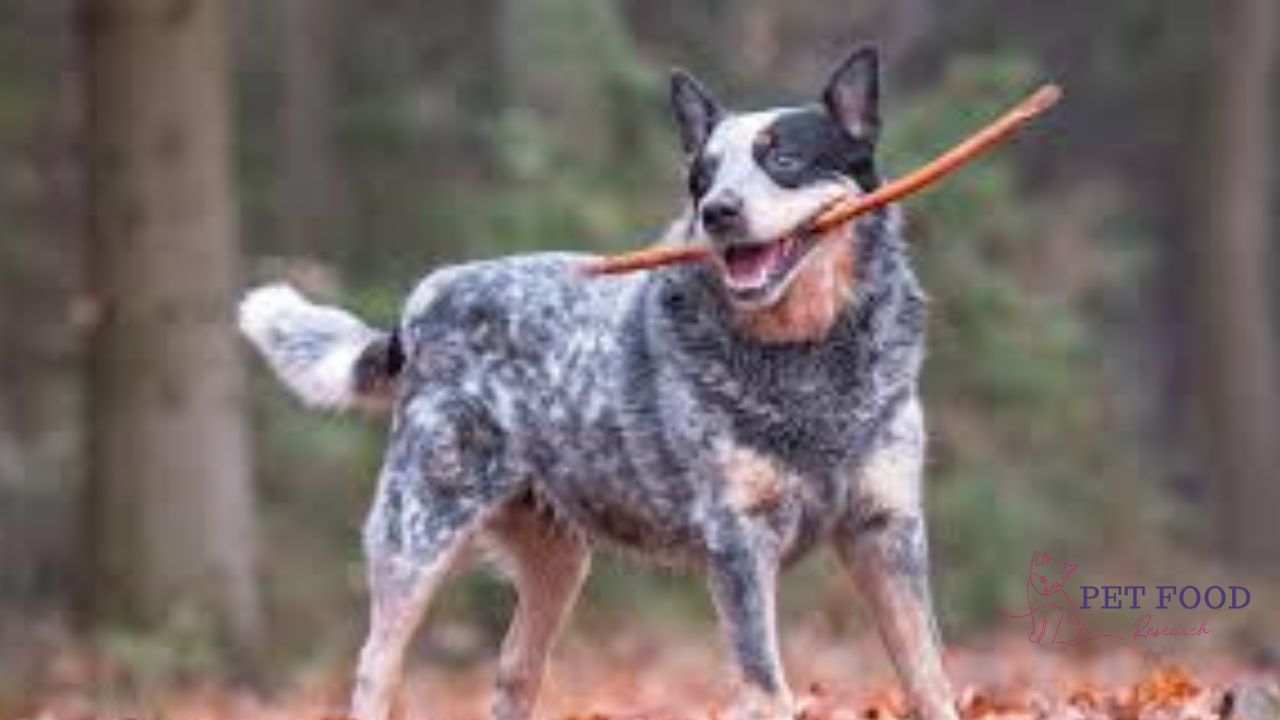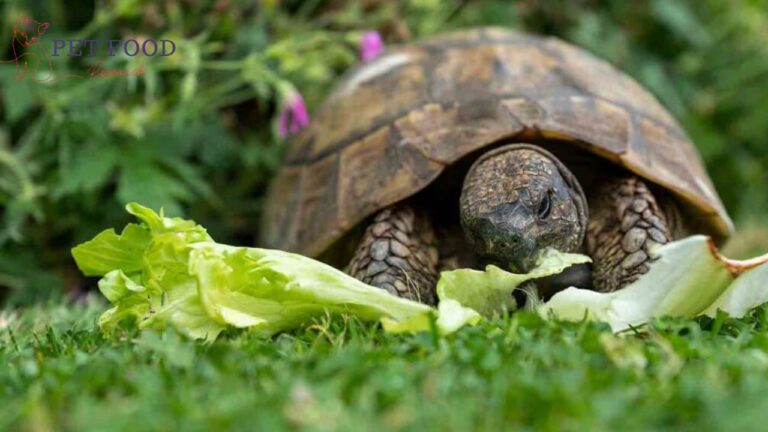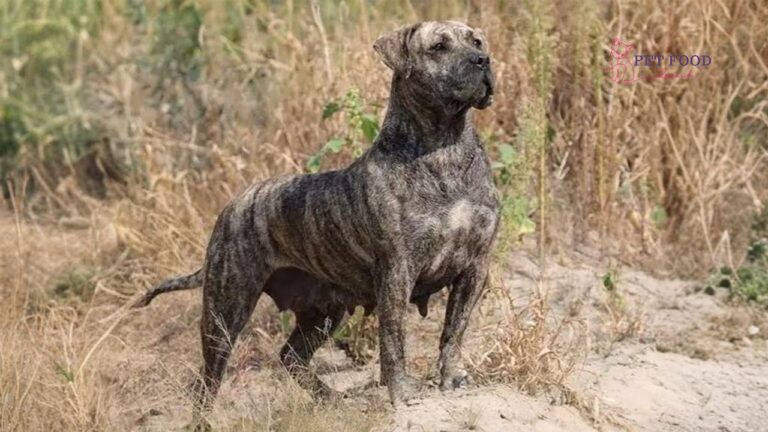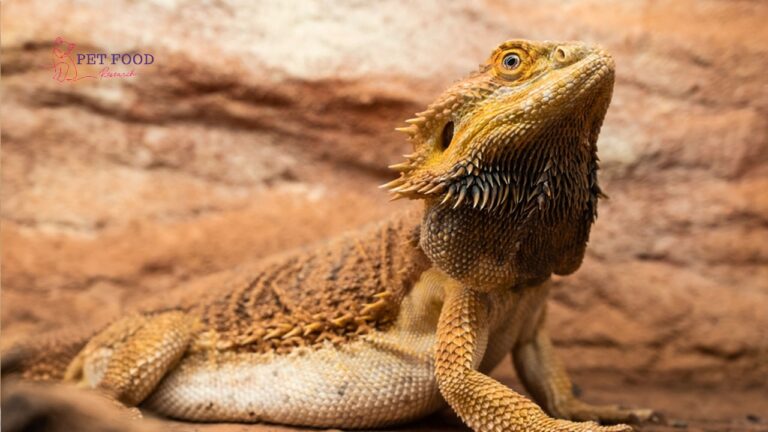Blue Heeler Breed Overview Diet Health, and Care Tips
The blue heelers known to be the Australian Cattle Dog, Red Heelers or Queensland Heelers are sturdy, intelligent and active dogs. They were cross-bred in origin to obtain the herding dogs otherwise called cattle dog. Blue heeler originated in Australia blue heeler where it was bred to look after cattle in long distances. Blue heelers are accepted as a breed of their own by American Kennel Club (AKC) and other national and international bodies.
So, let us get the blue heelers in-depth with its characteristics, temperament, health, care and so on.
Blue heelers are highly energetic and have a strong frame, and as a result, they make the best family pets in energetic families.
Overview of the Blue Heelers
| Blue Heeler Breed Traits | |
| Origin | Australia |
| Group | Herding |
| Weight | 35-50 pounds |
| Height | 17-20 inches |
| Coat Blue heelers lived best in an environment where they get to work out and utilize their brainpower. | Thick, double coat |
| Coat Color | Coat color blue, red with mottled or speckled pattern. over coat marks black or tan |
| Hypoallergenic | No |
| Personality | Faithful, sporty and clever |
| Energy Level | High |
| Life Span | 12 16 years |
Appearance of the Blue Heeler
Blue heelers are strong and sturdy dog having a muscle mass. They possess wide skulls, flush foreheads, medium sized pricky ears, well developed cheeks, and medium sized muzzle. They carry oval, alert and dark colored eyes. They also have strong and sturdy neck and shoulders. More so, they possess long and straight or slightly-waved tails with white tip.
Blue Heeler coat and Colour
As the name suggests, the blue/ red heelers come with the sound blue and red coats. The other colors cause coat colors as genetic mistakes. They can be spotted or splotched in white, black or tan body areas variously such as the head, legs and chest. Nevertheless, when born, the Australian cattle puppies are born with white coats. They begin to alternate colors after 4 weeks of birth. as they develop to be adults the red or black hairs will grow over the white coats of the animals and this takes the appearance of red or blue coats.
Blue Heelers Temperament and Behavior
Being very affectionate, loyal and friendly to their pet parents, they, nevertheless, despite their athletic bodies and loving nature, are attentive participants. They are also regarded by the name of Shadow Dogs as they also love the company of their owners very much and are frustrated when left alone. They also like to be social and loving to Family members and kids. Meanwhile. They become sensitive and bark when they detect any stranger around them.
Immensely active, thinking and devoted dogs, blue heelers are outspoken canines. They possess great exercising needs and they can be trained enormously. They are highly work oriented and they are employed as working dog such as cattle drover. They can as well be termed as good runners who will definitely make your time of racing such a wonderful experience with your pet dog. When you want to make them stay healthy and fit, ensure to involve them in various activities, sports or exercises.
History of the Blue Heeler
The Australian breeders first developed the blue heels dog in Australia during the 19 th century. This breeding was intended to assist the ranchers in safeguarding the cattle within the Australian plains. American Kennel Club recognized them as a distinct breed in the year 1980. Since they were officially recognized as a distinct breed they were also allowed to compete as working lines. The blue heelers can be treated as an important member of the Herding dog group in 1983.
Blue Heeler Health concerns
The blue heels or the Australian cattle dog are healthy at that but too they are prone to some congenital health issues such as
Congenital Deafness
The blue heelers may also be deaf because they inherited recessive piebald genes from their parents that makes blue heelers have white coat colors and they become deaf. Pay attention to your dog being insensitive to sounds.
Progressive Retinal Atrophy
It entails the degeneration of the retina that causes blurred vision and failure to treat it may cause blindness too.
Dysplasia of the Hip and the Elbow
Although hip and elbow dysplasia are not prevalent in blue heelers. Nevertheless, when your canine friend is afflicted with the health condition, it will exhibit the symptoms such as difficulty in walking, hop like, pain, and stiffness of hip or elbow joints.
In case your blue heeler is already experiencing any of them, seek the help of your vet immediately to get him treated correctly.
Blue Heeler diet and Nutrition
Australian cattle dog requires food based on their age, lifestyle and condition of health. They are quite active and sporty so their energy requirements are more. Feed your dog with high quality dog foods that could be manufactured commercially or done at home. Feed it according to the right diet by seeking advice of the veterinarian. Good way to keep them busy in healthy activities is in the form of treats but not more than 10 percent of the diet or they will grow to be overweight. Also, make clean and fresh water available to them at all the time.
Grooming of the Blue Heelers
The blue heelers have dense, thick and double-layered coats that need to be groomed and cared about frequently. Nevertheless, their coat is not greasy and they do not smell hence once a week brushing of the pet is required and occasionally bathed. During shedding season, they lose much hair that requires more brushing to prevent cases of matting on their back and skin infections. In the meantime, their nails have to be trimmed regularly as well. Clean their ears also frequently and their eyes to avoid accumulation of dust and allergies.
Exercise of the Blue Heels
Because of the fact that the blue heelers are very active and hand-working dogs, their exercise requirements are more as compared with the other dogs. Daily walks, running, dog games, participation in various activities, and being herding dogs are all that is needed to keep them sound both in mind and body.
Training of the Blue Heeler
Train your blue heels when he or she is still young to ensure that he becomes the strongest and obedient. The trainings are necessary on your young blue heeler puppy on socialization and obedience, otherwise it will be bored and may become rude with children and other pets.
Blue Heeler Puppies
Australian Cattle Dog, also called as Blue Heeler is a lively, intelligent, faithful and powerful herding canine with high levels of energy. Due to their characteristic blue/ red speckled coats they are referred to as such. These puppies should be given lots of exercise and mental stimulation and the sooner the better when it comes to socializing and training your pet so it grows up to be an adult dog with the well-adjusted attitude.
How to Buy Blue Heeler
A blue heeler research reputable may be adopted by attending a dog shelter or any rescue groups. It may also be purchased at the original dog breeder but this will cost you additional dollars.
Conclusion
An Australian cattle dog or a blue heels is a loyal dog, active, intelligent and energetic dog. It can be employed as a guard dog to keep cattle. It is also a sweet, lovable and a good pet that likes to play with the owner and also family members. There are also some hereditary diseases that dogs are likely to have that requires proper consultation of a veterinary doctor.







